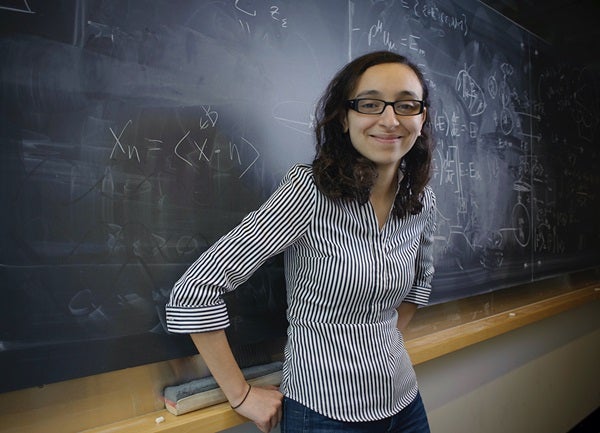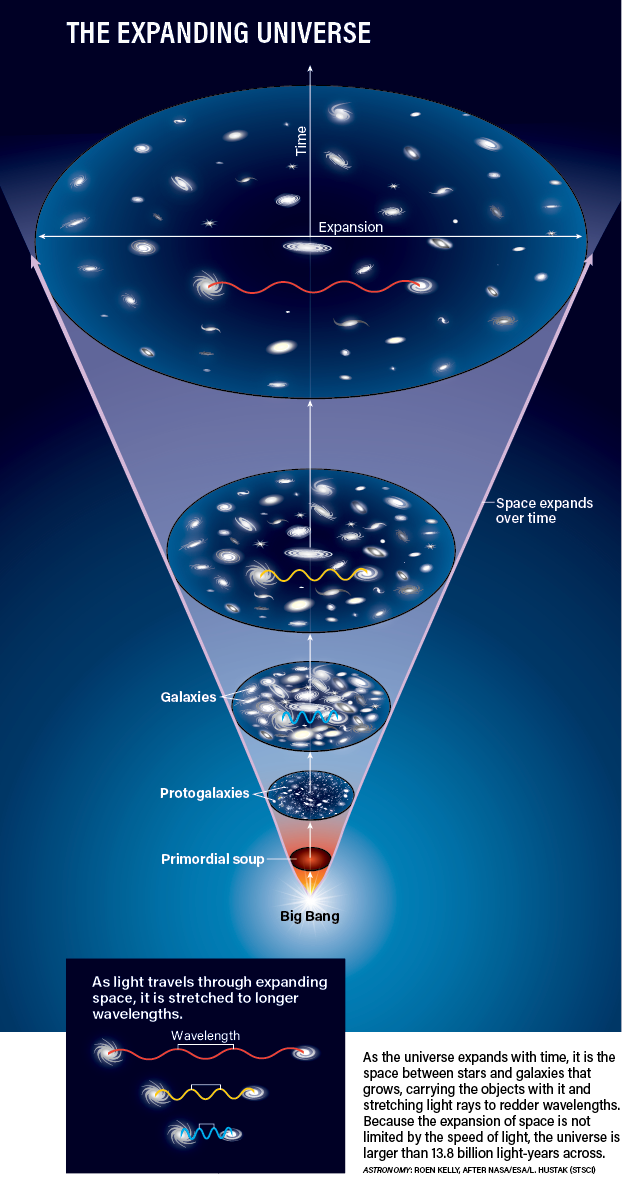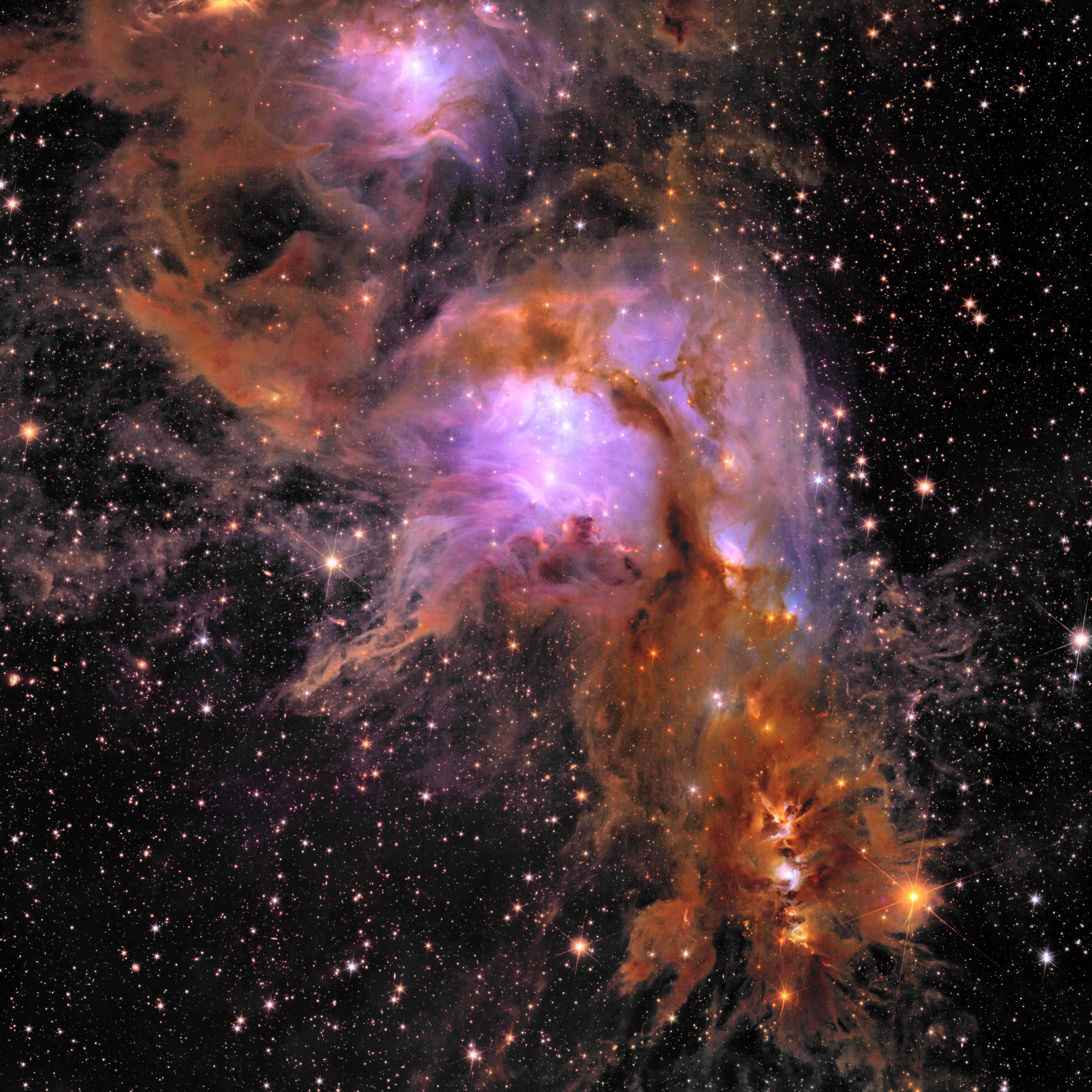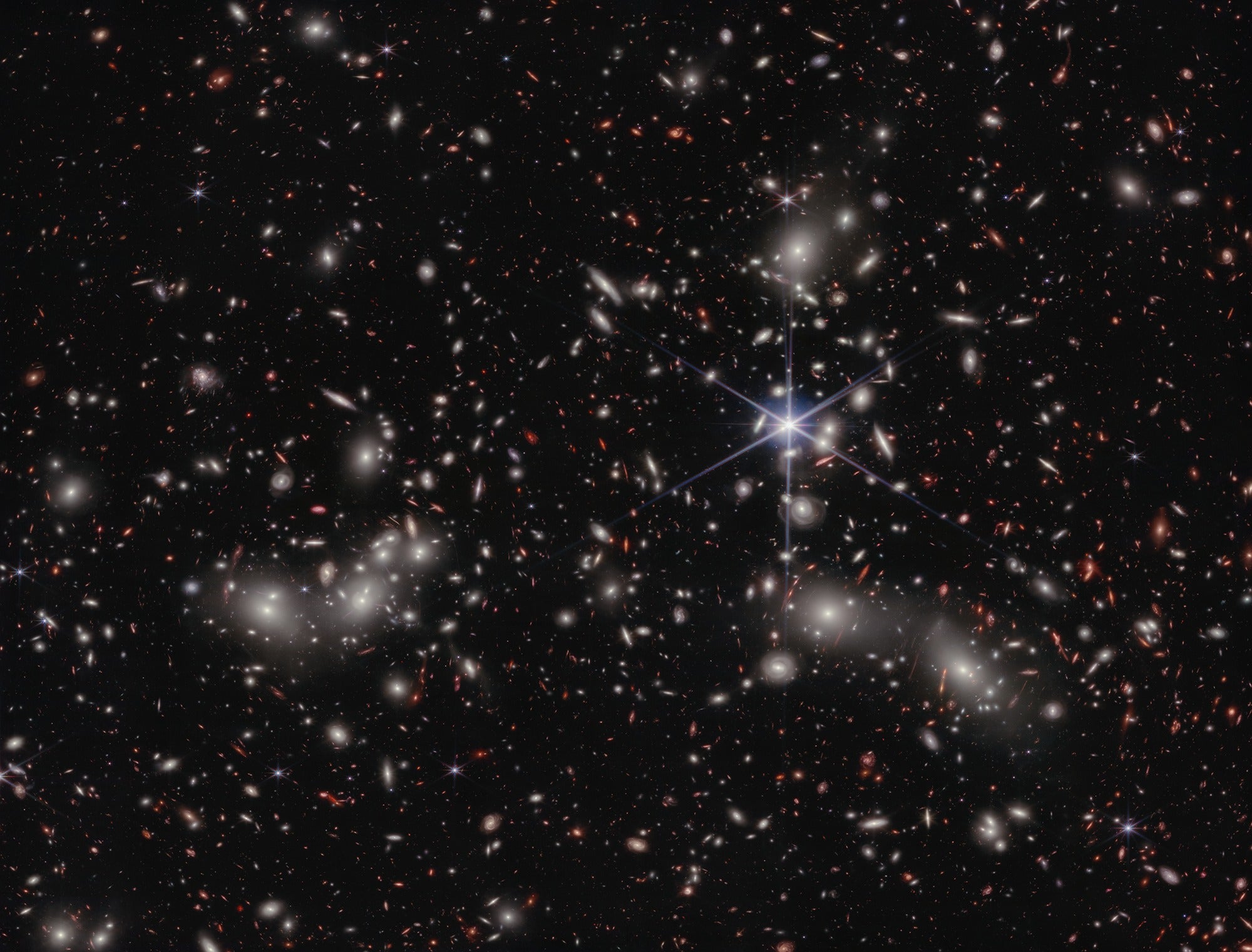Lina Necib is on the hunt for dark matter. And she’s utilizing all the tools in the physicist’s toolkit, plus a few others — even when they require learning an entirely new skill set.
An assistant professor at MIT, Necib, 33, describes herself as an astroparticle physicist. “I have a Ph.D. in particle physics, but during my postdoc, I slowly switched to astrophysics,” she explains. “I thought these two communities really needed to talk to each other a little bit more. We’re all trying to answer the same question: What is dark matter?”
That is the defining mystery for this generation of fundamental physicists, says Jesse Thaler, a theoretical particle physicist at MIT and Necib’s Ph.D. supervisor. To answer it, Necib uses a synthesis of tools and approaches in her work.
For example, the Gaia mission, a space observatory launched in 2013 by the European Space Agency to chart a 3D map of Milky Way stars, is providing unprecedented datasets for analyzing our galaxy’s objects. Necib describes Gaia’s telescope as the world’s “most expensive speedgun, because it measures the velocity of 1.8 billion stars in the galaxy.” To process this tremendous amount of data, she employs a rather new tool: machine learning.
Necib also makes use of recent advances in simulations. “We can build simulations [that start] a few billion years ago, and let them run all the way to today,” she explains. This allows researchers to simulate galaxies very like the Milky Way, tracking both their stars and dark matter.
Necib’s multidisciplinary approach is in keeping with her “question-driven” personality, says Thaler. For Necib, “the tools follow the questions,” he says. “This type of synthesis is essential in this area.” And Necib is committed to training the next generation of out-of-the-box thinkers in these tools — for example, by running hackathons to teach other researchers how to make the best use of the Gaia data.
As Thaler puts, it, “Wherever the mystery of dark matter goes, she’ll be there.”
Make sure to explore our full list of 25 rising stars in astronomy. Check back each week for a new profile!
To get the latest astronomical news and observing content delivered directly to your door, subscribe to Astronomy magazine today!










